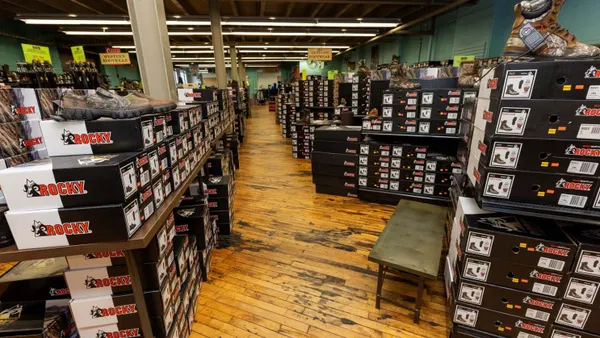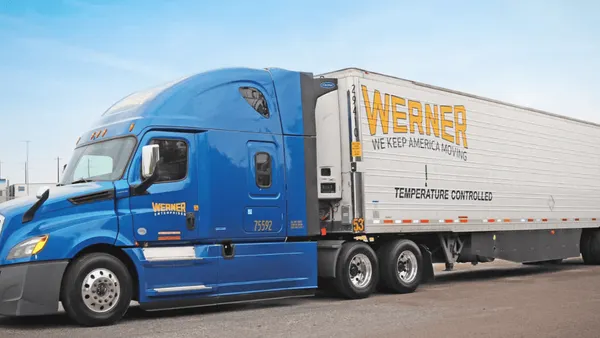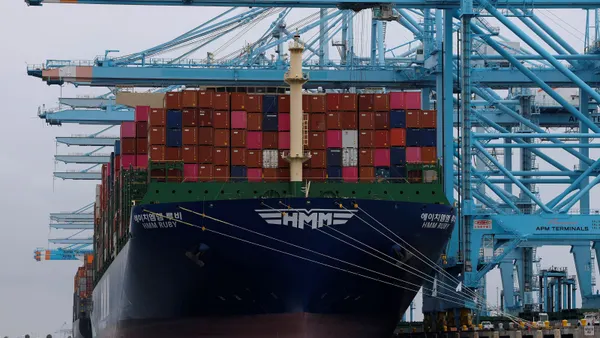Dive Brief:
- Warehouse rents are likely to increase at a slower pace in 2021, compared to 2020, as more industrial supply hits the market, according to Cushman & Wakefield's Q4 industrial market report.
- Vacancy rates in the U.S. industrial real estate market remain low but came up to 5.2% in Q4 2020 from 4.9% one year prior. "The rise in vacancy is alleviating some — but certainly not all — of the pressure on the supply constrained markets," Cushman analysts wrote.
- Warehouse and distribution rents sat above the rest of the industrial set in 2020. Industrial rents in the U.S. went up an average of 4.6% from Q4 2019 to Q4 2020, setting a record high last year. Warehouse and distribution rents rose 5.6% in the same quarter.
Dive Insight:
Asking rents aren't likely to go down, according to Cushman & Wakefield, but the upward pressure of 2020 will likely let up somewhat in 2021 as supply enters the market.
"In the top 10 markets for new supply, deliveries in 2020 exceeded 10 million square feet and rents rose year-over-year in all of them," Jason Tolliver, managing director for investor services at Cushman & Wakefield, said via email.
The expected loosening is the one Cushman & Wakefield predicted last January, before the coronavirus had spread through the U.S. The subsequent shifts in consumer behavior toward online services sent shippers and logistics operators scrambling for space.
Of course, some cities will feel the exhale more than others. Orange County, California; Nashville, Tennessee; Central New Jersey; Los Angeles; Tulsa, Oklahoma; Philadelphia; Hampton Roads, Virginia; and Boise, Idaho; continue to be the tightest markets with vacancy rates of 3% or lower at the end of last year.

Rents increased the most in the Northeast region at 8.8% YoY in Q4 — significantly higher than the next hottest region of the West, in which rents gained 5.5% YoY in Q4.
Rents are breaking records, but the construction pipeline is, too. As of Q4, there were 360.7 million industrial square feet under construction with 94% of it intended for warehouse and distribution uses.
The South has the most square-footage on the way. Record-breaking construction could lead logistics managers to conclude that the market is headed for oversupply. But Tolliver said the ratio of custom builds to speculative construction suggests more of this new construction already has lessees than in previously hot periods for the market.
"The remainder of the available pipeline has enough new supply to provide occupiers with additional options for growth but not so much as to drastically shift the vacancy rate, derail rent growth or undermine asset values," reads the report.














